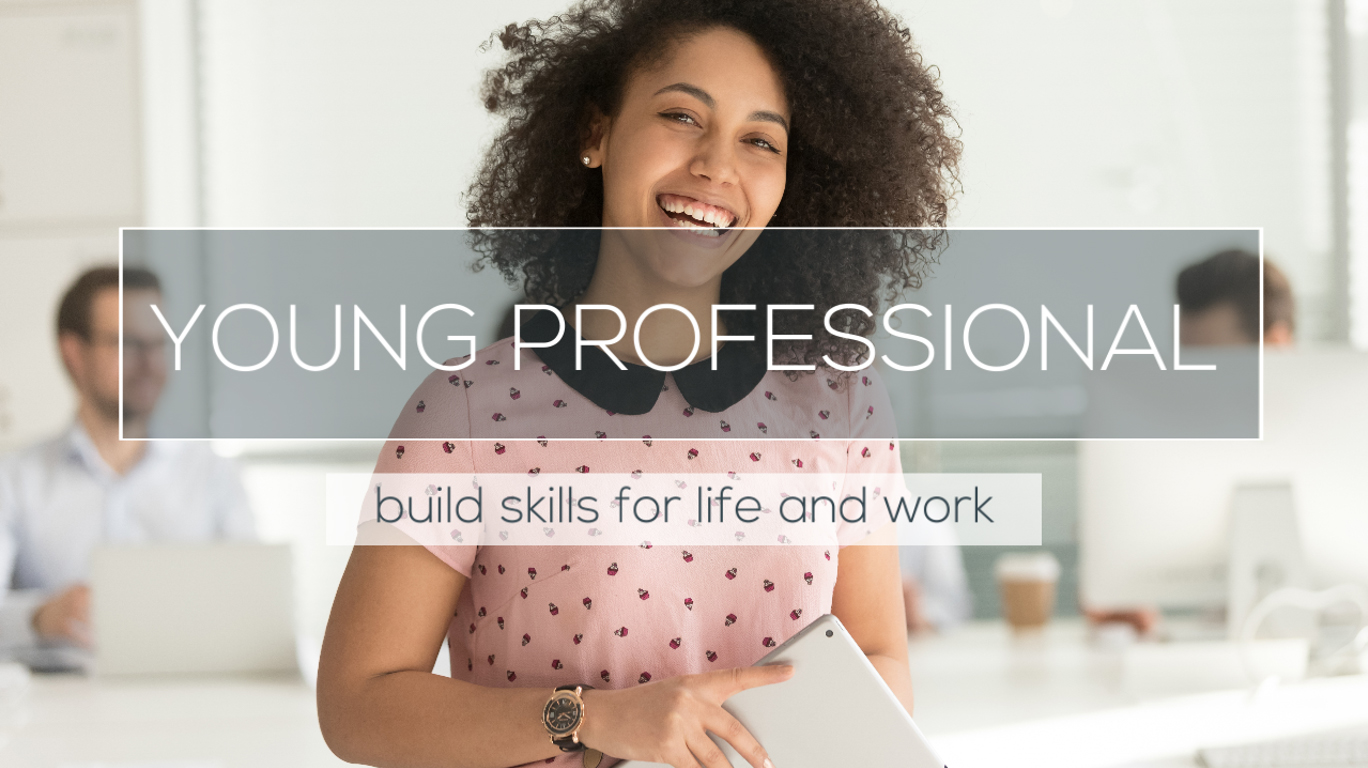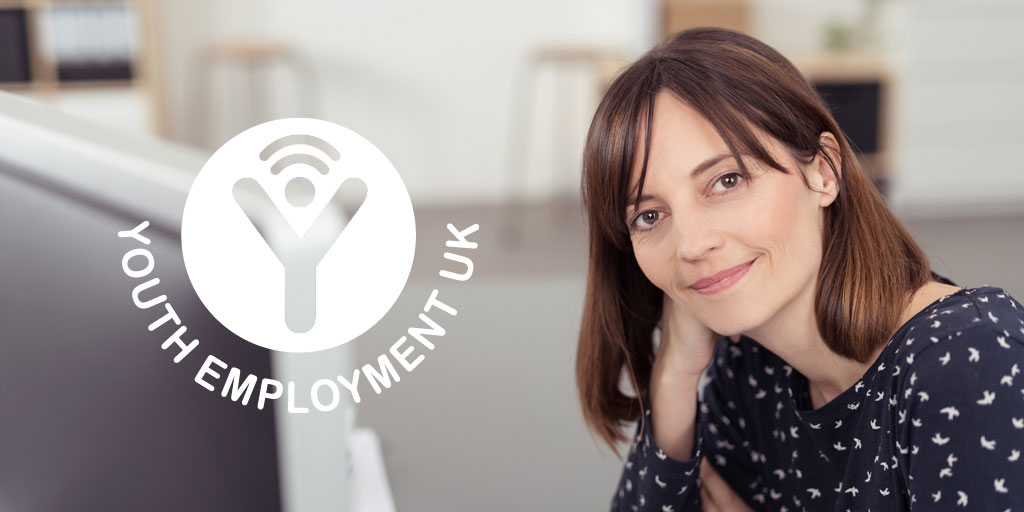Many apprenticeships ask you to prepare a Portfolio of Evidence as part of your End-Point Assessment (EPA). Here’s how – and why!
What is a Portfolio of Evidence?
Think of your Portfolio of Evidence as a document you’ve made based on professional achievements you’ve logged throughout your apprenticeship. If you’ve been asked to make one, it’s typically used as a component of your EPA. It’s basically evidence that proves you’ve made amazing progress during your apprenticeship, and it highlights examples where your light has shone especially brightly as an apprentice. If a portfolio is required, your End-Point Assessor will use it to help them decide your level of competence. It can help them see areas where you excel in competence, and areas where you could, perhaps, demonstrate further examples of your skills and achievements in order to gain a higher overall grade.
Even if you haven’t been asked to produce a Portfolio of Evidence, it’s still a great idea to log all your achievements, successes, and new skills learned (with examples). It is a great aid to updating your CV, and to recognising your progress in general so that you have living proof of how much you are learning and growing as a Young Professional.
Who will support you in creating your Portfolio of Evidence?
Your Portfolio of Evidence is something YOU will produce, but you won’t be alone in creating it. You’ll get help and support along the way!
If a Portfolio of Evidence is part of your EPA, your training provider / tutor / assessor will tell you all about the process of how to create one.
Your line manager, employer, and training provider will assist you in producing your portfolio to make sure it covers all the relevant standards and expectations of development outlined in your assessment plan.
What to put in a Portfolio of Evidence for your End-point Assessment
You put your achievements and examples of skills/competencies and behaviours outlined in the standard whenever you’ve learned and applied those skills.
But what does this actually mean?
Generally, for each knowledge, skill and behaviour, you’ll need to briefly describe a situation that demonstrated your competence in that area. It’s proof that you know the things.
You may also be asked to describe your competence in some skills or behaviours in a bit more detail. For each skill/behaviour, you may need to describe:
- What you did
- How you used the specified skill, behaviour or knowledge
- What you learned as a result
- How you might apply that learning to similar situations in future
If you’re unsure about what to put in your portfolio, you can refer to the assessment plan. Ask your End-point Assessment Organisation / training provider if they can provide guidance.
If you have not been asked to produce a portfolio as part of your apprenticeship, but you do still want to make one for yourself as an aid to personal development and updating your CV, some useful skills to highlight in any apprenticeship are the ones outlined in Youth Employment UK’s free Young Professional Training, as well as any technical and practical skills you will be learning as part of your apprenticeship.
There will be several types of evidence in your portfolio. Your assessment plan may directly specify some/all of the types and amounts of evidence you need.
Things to bear in mind when putting your Portfolio of Evidence together
- Make sure the info is Valid, Authentic, Current, Sufficient and Reliable (VACSR). You might need to include names, signatures, and dates.
- Make sure you include detailed notes to say how your evidence has been produced and used
- All evidence and recordings and files should be clearly and appropriately names. If you have supporting audio/visual files, make sure they’re referred to clearly in your evidence to show where they’re located
- Evidence should specifically reference whatever criteria you are claiming
- You might find it useful to include an index of evidence!
- BONUS TIP: Do not copy someone else’s Portfolio of Evidence or Reflective Statement! If they are submitted digitally, they are often checked by software to make sure they have not been plagiarised. Ruining your apprenticeship chances just to save a bit of time? It’s not worth it.
Submitting your Portfolio of Evidence for End-point Assessment
The End-point Assessment Organisation should tell you the format in which they want your portfolio, and how you should submit it. It might be something that can be viewed online, or it might be written as a digital or print document, and it might advise or require written and/or audio evidence.
Your Portfolio of Evidence is not as scary as it sounds.
It’s just a way of showing someone else everything you’ve learned during your apprenticeship. You will have learned plenty of new things, and you will have had a chance to put them into action. The portfolio is just a way to help someone else see that you’ve done all that.













